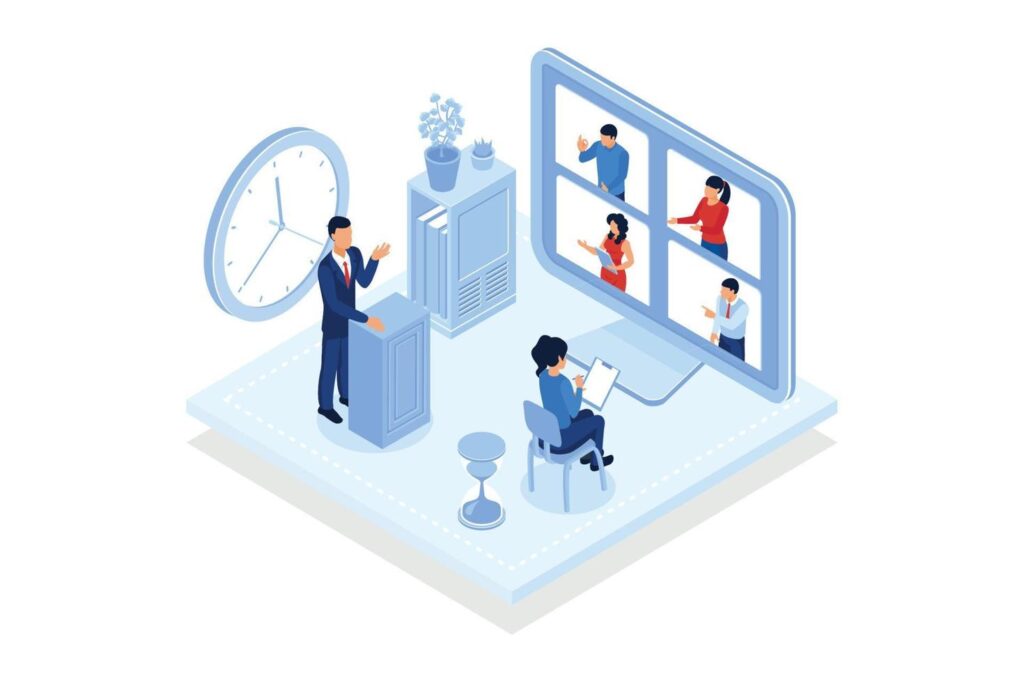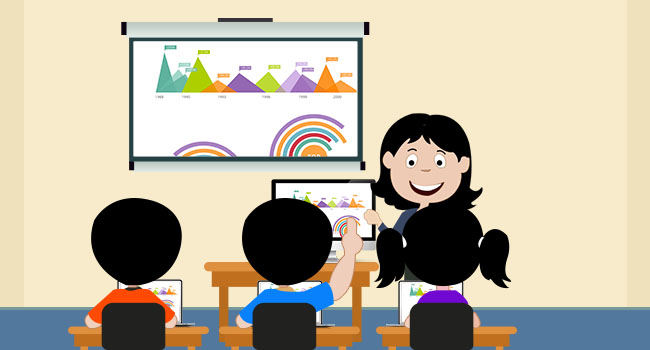A smart classroom in a school is a modern learning environment that utilizes technology to enhance teaching and learning. It differs from traditional classrooms by incorporating interactive tools, multimedia content, and online resources to create a more engaging and efficient learning experience. These classrooms often feature interactive whiteboards, projectors, high-speed internet, and educational software, allowing for personalized learning and collaborative activities.
Benefits:
Interactive Learning: Smart classrooms encourage active participation through interactive whiteboards, digital tools, and collaborative software.
Multimedia Integration: Teachers can use multimedia content like videos, animations, and simulations to make lessons more engaging and accessible.
Personalized Learning: Smart classrooms allow teachers to tailor instruction to individual student needs and learning styles.
Online Resources: Students and teachers have access to a wealth of online resources, including e-books, educational websites, and online learning platforms.
Collaboration and Communication: Smart classrooms promote teamwork and communication through collaborative tools and digital platforms.
Improved Engagement and Retention: The interactive nature of smart classrooms helps students stay engaged and retain information more effectively.
Teacher Efficiency: Smart classrooms can save teachers time and effort by automating tasks like grading and lesson planning.
Accessibility: Smart classrooms can make learning more accessible for students with disabilities, as they can use assistive technologies.


